Paris, France, Wednesday 7 January, a black Citroen C3 drove up to the Charlie Hebdo building in Rue Nicolas-Appert. Two masked gunmen, dressed in black and armed with Kalashnikov assault rifles got out and approached the offices.
It did seem they were a little-bit confused about the building, because they first entered the wrong office, two blocs before the Hebdo office. Not bad at the other building, nr. 10, they did first ask where the Charlie Hebdo offices were, before shooting caretaker Frederic Boisseau, 42.
Corinne Rey, just returned to the building after picking up her daughter from day care was threatened by the gunmen who forced her to enter the code for the keypad entry to the newsroom on the second floor – where a weekly editorial meeting was taking place.
The men asked for the paper’s editor Stephane Charbonnier, known as Charb, by name before opening fire and killing the editor and his police bodyguard, Franck Brinsolaro. They also shot dead seven other journalists and a guest attending the meeting.
Witnesses said they heard the gunmen shouting
“We have avenged the Prophet Muhammad”
and
“God is Greatest” in Arabic (“Allahu Akbar”)
while calling out the names of the journalists.
This could be an indication that it was out of revenge for bringing a stain on the prophet. Though when you look at the background of those killers (two French brothers: Said & Cherif Kouachi) they did not seem to be living according to the Islam, using alcohol, drugs, lots of violence having the oldest prisoned more than once.
Laurent Leger, 48, an investigations correspondent at the satirical weekly, told Le Parisien – where he previously worked – about Wednesday’s meeting that it was the first news conference of the year. He said.
“Everyone was on top form and happy. Some of them had just come back from holiday. It was almost euphoric. The year ahead was looking good for the magazine and we already had lots of projects in the pipeline.”
Involved in a lively debate about Michel Houellebecq’s controversial novel, published that day, which featured a Muslim president of France. Cabu, the cartoonist, “didn’t hide his unhappiness” at the book, said Mr Leger. Philippe Lancon, the literary critic, disagreed and said it was a good read. The conference was about to break up when they heard what they thought were firecrackers in the street below.
“We didn’t pay any more attention than that,” he said. “We were just happy to see each other again.”
It was at that point that the door to the meeting room was thrown open.
“A man dressed in black with a uniform like that worn by police or gendarmes appeared just behind me,” said Mr Leger, who was seated with his back to the door.
“I turned around. He was big, hefty, and had an assault weapon in his hands.
“We still thought it was a joke. The atmosphere was still joyous. But then we smelt the strong odour of gunpowder in the corridor, and we all realised that this wasn’t a joke at all.”
Mr Leger said the gunman opened fire immediately. After threwing himself into the air, he then crouched on the floor by a small table, making himself unnoticed by the killer.
“I can’t really describe what I saw,”
he said.
“We lost such great talent. All the cartoonists fell in a fraction of a second.
Because the people sitting around a circular table in the wooden-floored office, it was not so easy for the killer to go quickly all the way around the room.
“That’s what undoubtably saved many lives.”
Though the killers said not to kill women, this was not true, as Elsa Cayat was among the dead.
Journalists and workers who had taken refuge on nearby rooftops filmed the gunmen getting out of the car, walking and shooting at the police vehicle, before driving off. And when we look at the pictures it seemed they were very well trained.
The police car’s windscreen was riddled with bullets but the officers escaped unhurt.
In the past Stéphane Charbonnier, the 47-year-old editor of Charlie Hebdo, with his team had received frequent death threats and had been under police protection for years, but said he was never afraid.
Cartoonist Jean Cabut, 76, was one of the founders of Charlie Hebdo’s predecessor magazine, Hara-Kiri, banned by the French government after it printed a cover targeting Charles de Gaulle days after the former president’s death.
Further killed: Georges Wolinski, 80, who also helped start Hara-Kiri in 1961, copy editor at the magazine Mustapha Ourrad, in his 60s, Bernard Verlhac (pen name Tignous), 57, Philippe Honoré, 73, regular columnist psychiatrist and author Elsa Cayat, Bernard Maris (pen name Oncle Bernard), Michel Renaud, 69, a former journalist and world-travelling artist, happened to be in the offices of Charlie Hebdo on Wednesday morning to meet with Cabut, who was to be the keynote speaker at a festival Renaud was helping to organize.
Next to police officer Franck Brinsolaro, bodyguard of Charlie Hebdo editor Stéphane Charbonnier who was sitting in the editorial room when the gunmen shot the cartoonists and journalists dead, Muslim Ahmed Merabet, 42, who happened to be patrolling the area at the time was also killed.
Mr Merabet is seen in footage released by Reuters begging the gunmen to spare his life in the 11th arrondissement of Paris, where the offices of the publication are situated, before he was shot more than once. The man is survived by his wife.
After being shot the first time, the gunmen wearing balaclavas and holding Kalashnikov rifles are seen running past the police officer – who had his hands up in surrender – and shot in his direction again at point-blank range as he was lying on the pavement outside the offices.
The masked gunmen is heard asking the police officer “Do you want to kill me?” before he allegedly replied “No, it is OK chief” before one of them shot him a second time round amid an attack described as the worst in France in 50 years.
12 people killed and 11 others injured (5 seriously) at the Paris offices of the satirical magazine shocked not only the French but started a worldwide reaction for the freedom of expression and brought to the attention that this militant attack also deepened wounds and may hinder national efforts to rise above anti-Muslim sentiment.
Several French citizens soon after the incident came spontaneously on the streets giving a clear sign that they were not afraid (Pas Peur) and that they wanted to be part of Charlie Hebdo, saying “Je suis Charlie” (I am Charlie)
The public like the co-workers of the magazine did not want to be silenced. already on Thursday the magazine’s editorial team vowed to continue their work. They said the next edition, published on Wednesday, would be the largest yet. François Hollande, the French president, said that the state would provide a million euros to keep the low-circulation, niche – but much loved – magazine alive. Different companies also came to give their support and financial help.
We know a lot of French to be somewhat Islamophobic and this cowardly attack is again grist to the mill, enabling to feed the right wing’s fear and reason to be there (raison d’ètre).
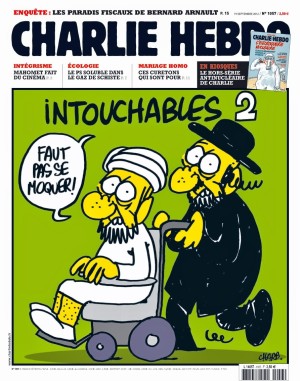 People not familiar with the weekly magazine, which started in 1969, should know that this satirical magazine did not take a leaf in front their mouth for anybody. It always wanted to go out to break every taboo going and I would agree sometimes went very far in doing that walking on a thin line of decency. No one “in the picture” was safe for their sharp pen or pencil. Church fathers, politicians, tycoons, if they believe in a god, God or something else, they all could expect their share of investigation, when they came in the news with something. The French satirical weekly Charlie Hedbo has courted controversy before for showing its left wing criticism and lampooning any radicalism of which Islam was just one, and was targeted in a 2011 firebombing by the last ones. In 2012, the paper had also provoked controversy by publishing crude caricatures of Muhammad. Charbonnier, who by that time was under police protection, defended the cartoons.
People not familiar with the weekly magazine, which started in 1969, should know that this satirical magazine did not take a leaf in front their mouth for anybody. It always wanted to go out to break every taboo going and I would agree sometimes went very far in doing that walking on a thin line of decency. No one “in the picture” was safe for their sharp pen or pencil. Church fathers, politicians, tycoons, if they believe in a god, God or something else, they all could expect their share of investigation, when they came in the news with something. The French satirical weekly Charlie Hedbo has courted controversy before for showing its left wing criticism and lampooning any radicalism of which Islam was just one, and was targeted in a 2011 firebombing by the last ones. In 2012, the paper had also provoked controversy by publishing crude caricatures of Muhammad. Charbonnier, who by that time was under police protection, defended the cartoons.
“Muhammad isn’t sacred to me,”
he said.
“I don’t blame Muslims for not laughing at our drawings. I live under French law. I don’t live under Qur’anic law.”
After this mass shooting at Charlie Hebdo, several years of support to try to create more understanding between Muslims and non-Muslims in French society could be damaged. Also in the neighbourhood countries this could be a new flame to ignite new anti-Muslim fires, which got already seen on the same nigh when Molotov cocktails were thrown at some mosques.
Good to see in France, Belgium and the Netherlands several Muslims dared to say that they condemn such barbarism and some of them admitted even that it was totally against the teachings of their prophet and wrong in the eyes of Allah. In Holland the day after the majority of Muslims who also joined the thousands of manifesting showed a huge solidarity with the people who were killed, and declared that they are Europeans and want to stay living in a state where there is freedom of expression.
+
To be continued
+
- Charlie Hebdo attack: What we know so far
- Charlie Hebdo shooting: Remembering the victims
- Charlie Hebdo : Cabu, Charb, Wolinski, Maris et les autres, tués dans l’attaque
- Inside Charlie Hebdo attack: ‘We all thought it was a joke’
- Charlie Hebdo shooting: Debate over publishing the Muhammad cartoons
- Charlie Hebdo Paris shooting may deepen ‘normalized Islamophobia’Charlie
- Hebdo attack: Suspects cornered with hostage, 2nd hostage-taking at bakery unfolds
- Charlie Hebdo shooting: Stéphane Charbonnier, Bernard Maris among those killed
- First photo from inside Charlie Hebdo offices following Paris terrorist attack
- One victim killed in Charlie Hebdo attacks was Muslim police officer Ahmed Merabet
- Charlie Hebdo: Muslim police officer killed in Paris attack commemorated with #JeSuisAhmed
- Charlie Hebdo Paris shooting may deepen ‘normalized Islamophobia’
- Charlie Hebdo attack: Suspects cornered with hostage, 2nd hostage-taking at bakery unfolds
- Charlie Hebdo shooting: Stéphane Charbonnier, Bernard Maris among those killed
- First photo from inside Charlie Hebdo offices following Paris terrorist attack
- One victim killed in Charlie Hebdo attacks was Muslim police officer Ahmed Merabet
- Charlie Hebdo: Muslim police officer killed in Paris attack commemorated with #JeSuisAhmed
Related articles
- France: Liberty or Death? (blogs.timesofisrael.com)
The tragic news of Islamists storming the offices of magazine Charlie Hebdo in Paris and murdering innocents has the entire free world mourning. The greater tragedy is that people throughout the world were not surprised to hear that terrorists targeted a French magazine that made fun of Mohammed. The greatest tragedy is that France will continue to do nothing. - Gunmen kill 12 at satirical French magazine office (cinewsnow.com)
France raised its terror threat level following the shooting at the offices of Charlie Hebdo in central Paris and stepped up security for media organizations, large stores and places of worship. - Charlie Hebdo Shooting: 12 Killed in Attack on French Satirical Magazine Known for Muhammad Cartoons (democracynow.org)
Charlie Hebdo has repeatedly claimed it publishes the cartoons as a defender of free expression and against religious extremism. Speaking at the scene of the attack, French President François Hollande said barbaric people had carried out “an attack on free speech.”We’re joined now by two guests. Robert Mahoney is the deputy director of the Committee to Protect Journalists. And Tariq Ali is with us, the British-Pakistani political commentator, historian, filmmaker, novelist, editor of the New Left Review. - The Charlie Hebdo massacre, and secularism’s problem with Islam (theweek.com)
France, in particular, has bent over backward to prove that its version of secularism is blind. The country banned the wearing of “large crosses” in schools and public institutions to give a veneer of impartiality to its real goal of banning Islamic veils in the same places. Confronted with an Islamic tradition that gave offense, France invented a Christian analogue to ban along with it, a phony gesture at neutrality that has been imitated elsewhere.
But secularism is a political, legal, and cultural project that goes back centuries, with roots in the “two swords” doctrine of medieval Christianity. The target of modern secularism was (and still is, really) the Christian Church, which it sees as the instigator and vehicle of majoritarian prejudice. Secularism aims to prevent Europe’s wars of religion from ever happening again, and to contain the power of Europe’s churches when it comes to politics and culture.
It encourages a special disgust with religious violence in history. Ditto religious motivations in democratic politics.
- IS hails Charlie Hebdo attackers as ‘heroes’ (vancouverdesi.com)
The IS, in a statement, accused the French weekly of insulting Prophet Mohammed since 2003, adding that among those killed in the massacre were cartoonists who have been mocking Islam.In Wednesday’s attack, gunmen burst into Charlie Hebdo’s Paris office with automatic weapons, killing 12 people, including the editor of the weekly and three acclaimed cartoonists, and wounding more than 20 other people before making a well-planned getaway. - World: Death toll in French magazine massacre rises to 12 (eadt.co.uk)
It is thought the attack is in response to the magazine’s publication of crude caricatures of the Prophet Mohammed. - Charlie Hebdo carnage in Paris should be a wake-up call (blogs.timesofisrael.com)
Today France woke-up to a carnage that took place in the center of Paris at the Headquarters of the weekly magazine “Charlie Hebdo”. I grew up in Paris when Charlie Hebdo was already making anti-establishment, anti-God and anti-anything-and-everything statements on a weekly basis. Much of what they publish is often mix of satire and really bad taste, but freedom of the press shouldn’t be for the faint of heart and cannot be a one way street. - Charlie Hebdo: Europe’s leading creatives react (dazeddigital.com)
The assassinations at Charlie Hebdo were not just an assault on human life, but on freedom of speech and expression – the same rights that allow us to paint, photograph, design, write and create art. So we’ve reached out to designers and creatives across France and wider Europe who are moved and appalled by the deaths. Below are their responses and their messages of solidarity with France and Charlie Hebdo. - Mossad Attacks Paris? (aanirfan.blogspot.se)
There are 3 different accounts of who this policeman was.In one account he an officer who emerged from a police car.In another account he is a policeman who came out of a police station.
And in a third account he is a policeman who was on a bicycle.
- Washington Post opinions section publishes controversial Charlie Hebdo cartoon (washingtonpost.com)
Samples of Charlie Hebdo’s work thus might appear critical to explaining this act of terrorism. Fred Hiatt, the editorial page editor of the Washington Post (and boss of the Erik Wemple Blog), said the following about his rationale for publishing the cartoon: “I think seeing the cover will help readers understand what this is all about.”

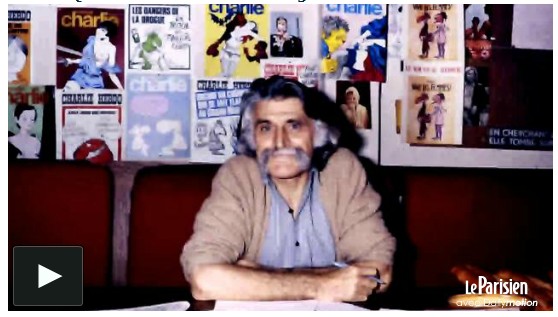
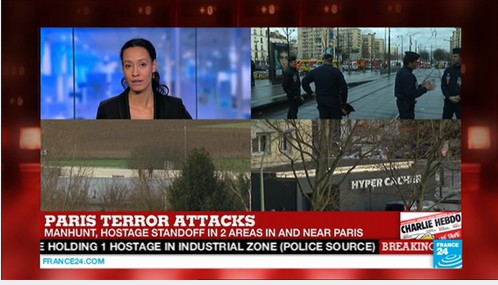
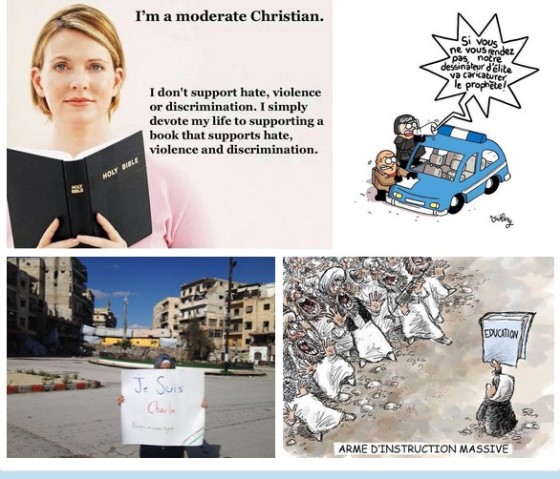
















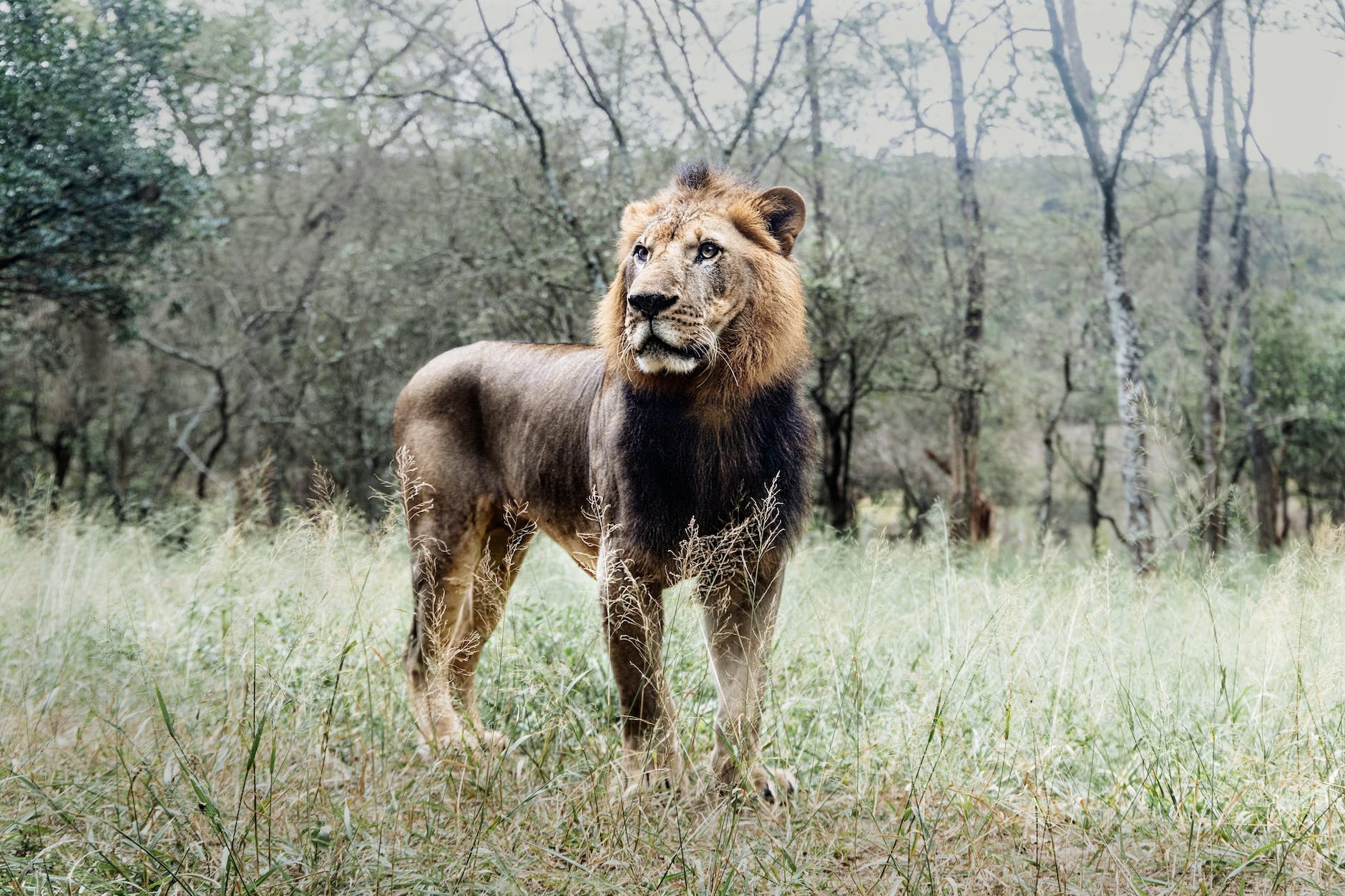
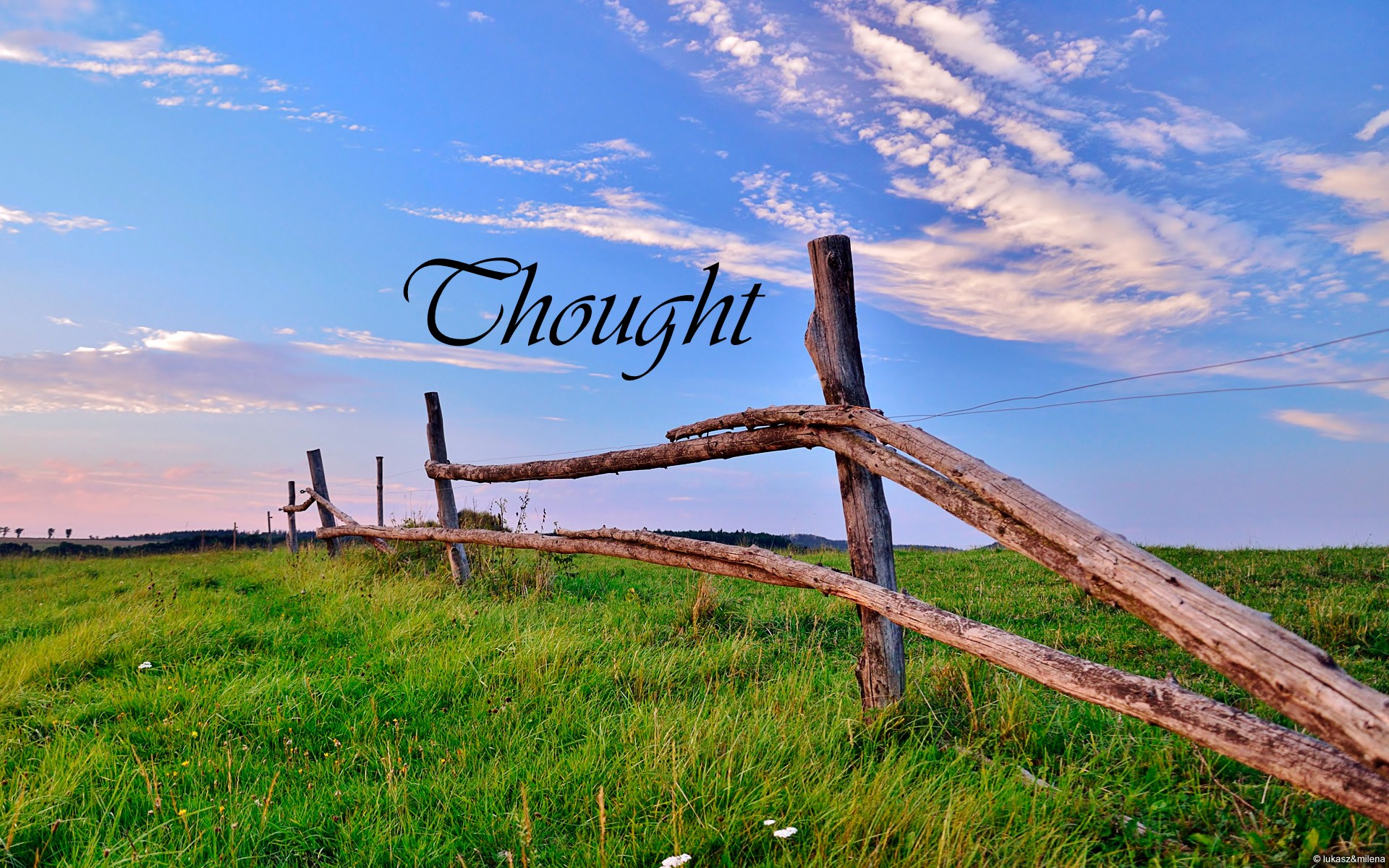
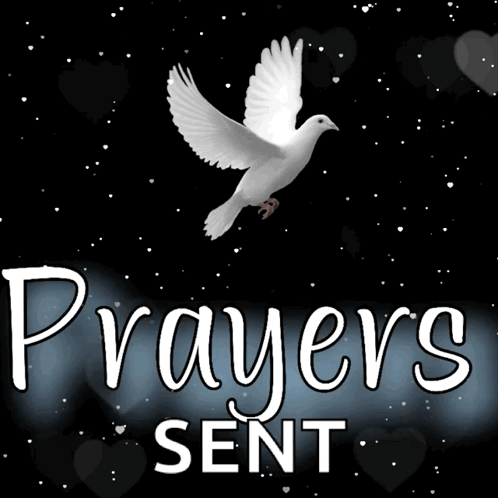

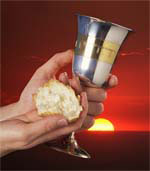

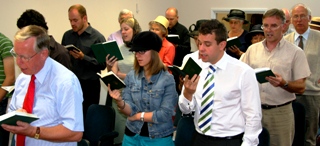






 Biblestudents – Bijbelstudenten
Biblestudents – Bijbelstudenten 0 + Bloggers for Peace
0 + Bloggers for Peace Free Christadelphian Ecclesia
Free Christadelphian Ecclesia Hoop tot Leven – Redding in Christus
Hoop tot Leven – Redding in Christus Vrije Broeders in Christus (Free Flemish Christadelphians on Wordpress)
Vrije Broeders in Christus (Free Flemish Christadelphians on Wordpress)















Pingback: Of old and new ideas to sustain power and to feel good by loving to be connected and worship something | From guestwriters
Pingback: Syrian but also Belgian connection to French attacks | Marcus Ampe's Space
Pingback: 2015 het jaar dat ISIS duidelijk maakte dat het ook in Europa is | Belgian Biblestudents - Belgische Bijbelstudenten
Pingback: 2015 het jaar dat ISIS duidelijk maakte dat het ook in Europa is – Vervolg 1 | Belgian Biblestudents - Belgische Bijbelstudenten
Pingback: 2015 het jaar dat ISIS duidelijk maakte dat het ook in Europa is – Vervolg 2 | Belgian Biblestudents - Belgische Bijbelstudenten
Pingback: Coming closer to the end of 2015 and the end for Donald Trump as presidential candidate | Marcus Ampe's Space
Pingback: Overzicht voor het jaar 2015 #1 Dreiging en angst | Marcus Ampe's Space
Pingback: Summary for the year 2015 #1 Threat and fear | Marcus Ampe's Space
Pingback: Summary for the year 2015 #1 Threat and fear | Marcus Ampe's Space
Pingback: 2015 Human rights | Marcus Ampe's Space
Pingback: 2015 In the Picture | Marcus Ampe's Space
Pingback: The first question: Why do we live | QuestionTime – Vragenuurtje
Pingback: The first question: Why do we live – Questiontime – Vragenuurtje
Pingback: 2015-2016 Religion | Marcus Ampe's Space